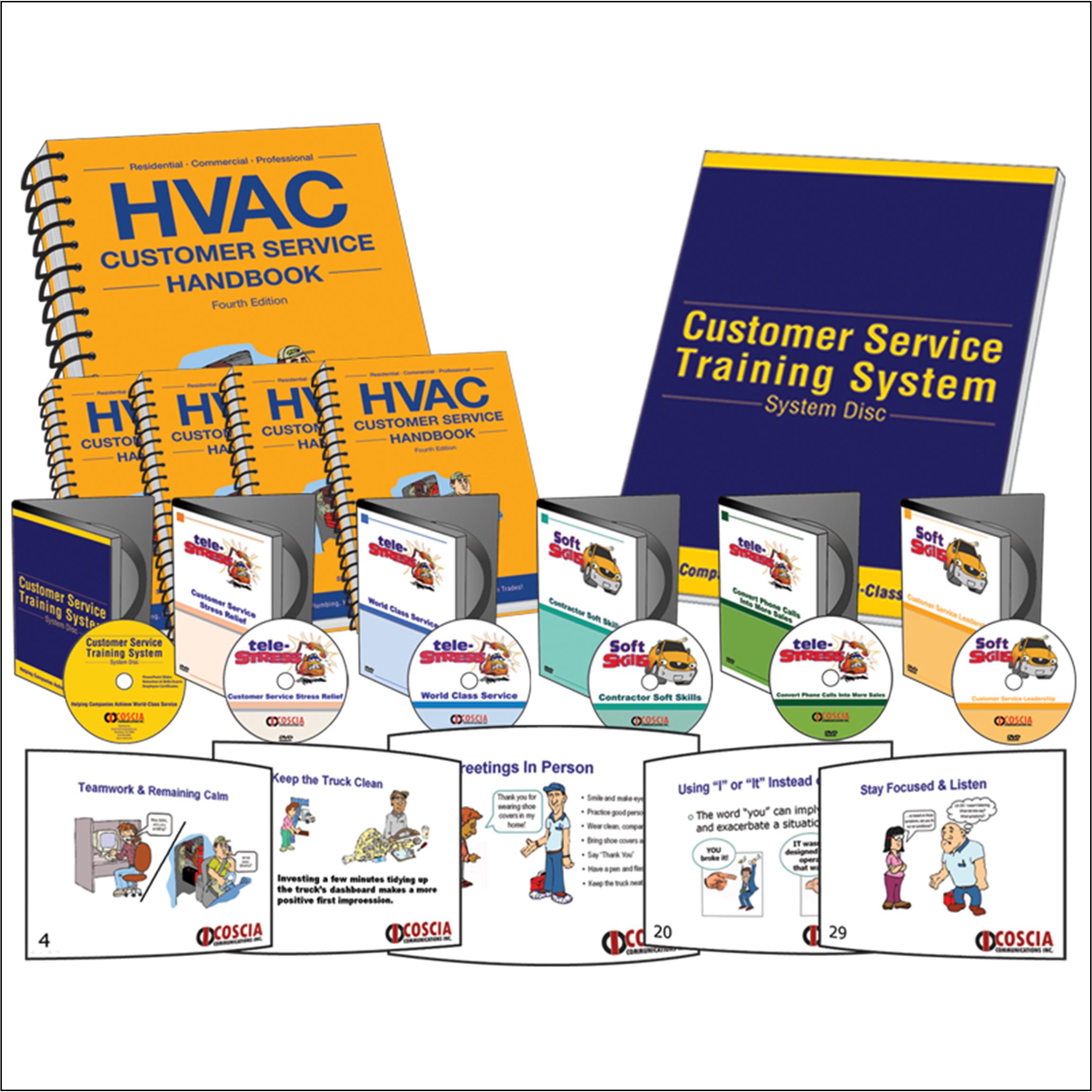
For a fighter pilot in combat, speed is everything. It improves maneuverability, allows faster target engagement, and it can be 'converted' to a higher altitude for better situational awareness of the battlefield. Speed is also essential when aborting a mission or avoiding a formidable threat.
Speed can sometimes even save your life. That's why we have a saying in the jet fighter community: Speed is life. Those three simple words took on a new meaning for me in April of 1999, and taught me a vital lesson about customer service.
My wingmen and I from the 79th Fighter Squadron were in a daily full-fledged air-to-ground battle during Operation Allied Force. The enemy forces in Serbia had formidable surface-to-air weapons and radar systems that tracked our aircraft. Our mission was to suppress and at times destroy the enemy's radar sites using the HARM Targeting System (HTS) in conjunction with the HARM (High-Speed Anti-Radiation Missile). Both systems were built by the defense contracting company Raytheon.
Initially, our squadron was very effective at our mission but after just a few weeks, the Serbians began to jam our targeting systems. Our mission effectiveness dropped rapidly and some fighters even got shot down. Every mission became extremely risky. It was a do-or-die situation, and we needed help ... fast!
We called Raytheon and explained our dangerous predicament. In just a few days, their engineers were on base briefing us on a revised plan to defeat the threat. I'll never forget the site in our huge, secure, aircraft hangar - three engineers in khaki pants and buttoned down shirts briefing over 100 pilots in sweaty flight suits! They asked a ton of questions. Then, they listened. They went back to the drawing board and worked on a solution. Within two days, we had upgraded software for the HTS and HARM loaded into the F-16s' computers. The jamming subsided and our mission effectiveness sky-rocketed. We went from vulnerable to mission-ready, just like that.
Raytheon knew the meaning of "speed is life." When we asked them for help, they didn't reply, "Thanks for the feedback guys. We'll get back to you in a few weeks." They knew lives were on the line. Their sense of urgency and commitment to serving us - the customer/end user - drastically improved our mission effectiveness and possibly even saved lives.
RESPONDING TO CUSTOMERS
Today there is a new normal in business when it comes to quality customer service. Like Raytheon, we all have to be more responsive to prospects, clients, and our operating environment. We no longer have the luxury to respond to customer requests at our convenience. With our competitors just a click away, speed and accuracy can mean the life and death of our business.Want to have more speed in business? Try implementing these "speed wingtips:"
1.Speed to market.Avoid analysis paralysis. Instead of endlessly talking, testing, and planning as you try to make a new product or service perfect, get it to market now. The Raytheon team didn't run back to the lab for endless testing and retesting. They tested the solution in real time. While you never want to market a faulty or inadequate product, one that is 97 percent ready to go can be good enough to serve your customer's needs (and still beat the competition).
2.Get timely intelligence on targets. Keep your business radar sweeping for qualified prospects and leads. You need to use every available resource to stay abreast of potential new clients and relevant, up-to-date intelligence on your market. Yesterday's news does not work for today's prospects. Social media, like Twitter, LinkedIn, and Facebook, networking events, and information from industry publications are great intelligence resources.
3.Speed to target. How fast do you follow up on a hot lead or get back to a prospect or current customer who requests information or needs help? (Hint: Immediately is a good response.) Today, with constant connectivity to the web, people expect answers quickly and are not willing to wait. For critical information requests, don't just send an e-mail response. Supplement it with a personal phone call. If necessary, meet your prospect in person.
4.Fast follow up. After a meeting or business engagement, always send a thank you card right away (hand written and hand addressed singles you out.) Did you get the business or lead with the help of a wingman? Send a thank you to that person as well. Make sure you have a plan to stay in touch with this contact.
5.Debrief every mission.Whenever possible, a post-mission debriefing should be conducted with a client or even a prospect. Ask for genuine feedback and be open to possible criticism. Sometimes the feedback may not be what you want to hear, but what you need to hear. Use it as an opportunity to refine your processes. Never delay saying "I'm sorry" when you mess up. Mistakes happen. Clean them up quickly and then move on. Finally, if the client has a need for additional resources or assistance that you cannot provide, then find a wingman in your network who can help. You'll prove to be a great go-to resource.
In today's highly competitive business climate, speed is indeed life. And while your life may not be on the line (like it was for me and my wingmen in Kosovo), the life of your business is. Like Raytheon, go above and beyond to accommodate your customers' requests. When able, be proactive and demonstrate how your customer service is different from the competition. When you do, you'll gain loyalty, trust, and yes ... maybe even a valuable new client.
Never Fly Solo!









